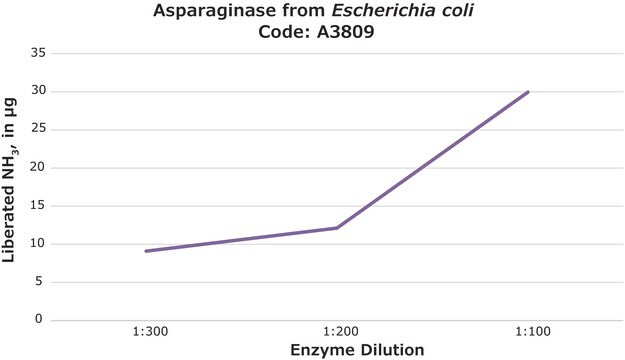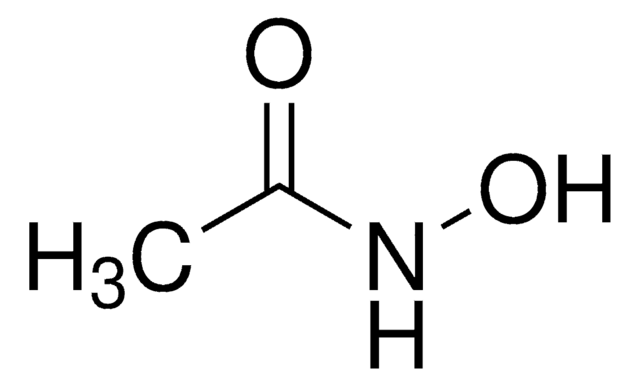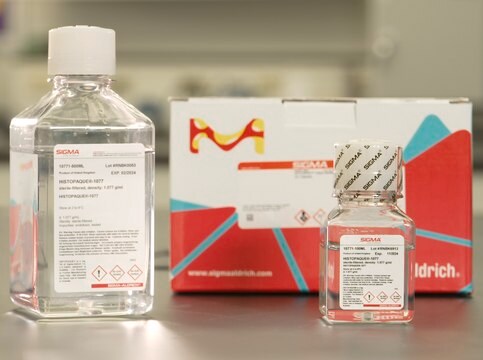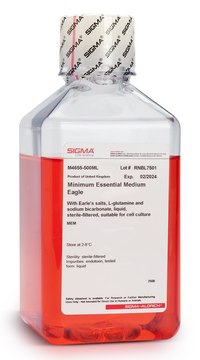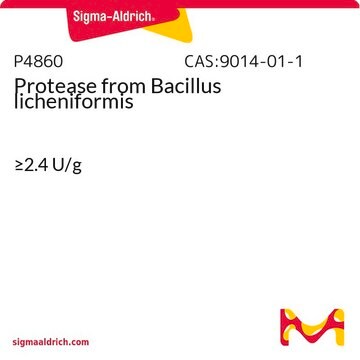A6508
Ácido L-aspártico β-hidroxamato
>98%
Sinônimo(s):
AAH, HDX, LAH
Faça loginpara ver os preços organizacionais e de contrato
About This Item
Fórmula empírica (Notação de Hill):
C4H8N2O4
Número CAS:
Peso molecular:
148.12
Número MDL:
Código UNSPSC:
12352209
eCl@ss:
32160406
ID de substância PubChem:
NACRES:
NA.26
Produtos recomendados
Nome do produto
Ácido L-aspártico β-hidroxamato, serine racemase inhibitor
Nível de qualidade
Ensaio
>98%
Formulário
powder
cor
white to yellow
aplicação(ões)
detection
temperatura de armazenamento
−20°C
cadeia de caracteres SMILES
N[C@@H](CC(=O)NO)C(O)=O
InChI
1S/C4H8N2O4/c5-2(4(8)9)1-3(7)6-10/h2,10H,1,5H2,(H,6,7)(H,8,9)/t2-/m0/s1
chave InChI
ZBYVTTSIVDYQSO-REOHCLBHSA-N
Código de classe de armazenamento
11 - Combustible Solids
Classe de risco de água (WGK)
WGK 3
Ponto de fulgor (°F)
Not applicable
Ponto de fulgor (°C)
Not applicable
Equipamento de proteção individual
Eyeshields, Gloves, type N95 (US)
Escolha uma das versões mais recentes:
Já possui este produto?
Encontre a documentação dos produtos que você adquiriu recentemente na biblioteca de documentos.
Os clientes também visualizaram
N Thomasset et al.
International journal of cancer, 49(3), 421-424 (1991-09-30)
D and L isomers of aspartic acid beta-hydroxamate (respectively DAH and LAH) were compared for their in vitro and in vivo activity against the murine leukemia L5178Y and their tolerance in vivo in DBA/2 mice. DAH and LAH displayed comparable
Jie Zheng et al.
Nature communications, 8(1), 923-923 (2017-10-17)
The vitamin D receptor/retinoid X receptor-α heterodimer (VDRRXRα) regulates bone mineralization via transcriptional control of osteocalcin (BGLAP) gene and is the receptor for 1α,25-dihydroxyvitamin D
Daniel Sepúlveda-Crespo et al.
Nanomedicine : nanotechnology, biology, and medicine, 13(1), 49-58 (2016-08-27)
Hepatitis C virus (HCV) infection is a major biomedical problem worldwide. Although new direct antiviral agents (DAAs) have been developed for the treatment of chronic HCV infection, the potential emergence of resistant virus variants and the difficulties to implement their
Lidia Mingorance et al.
PLoS pathogens, 14(9), e1007284-e1007284 (2018-09-19)
Hepatitis C virus (HCV) infection constitutes a significant health burden worldwide, because it is a major etiologic agent of chronic liver disease, cirrhosis and hepatocellular carcinoma. HCV replication cycle is closely tied to lipid metabolism and infection by this virus
Eric R. Braverman
The Healing Nutrients Within: Facts, Findings, and New Research on Amino Acids null
Nossa equipe de cientistas tem experiência em todas as áreas de pesquisa, incluindo Life Sciences, ciência de materiais, síntese química, cromatografia, química analítica e muitas outras.
Entre em contato com a assistência técnica
